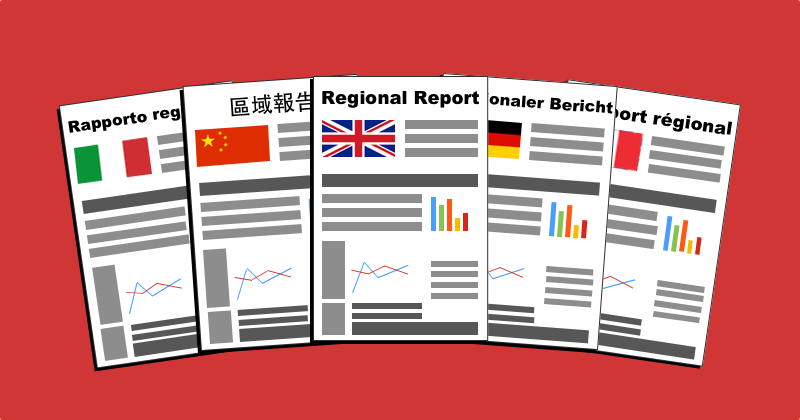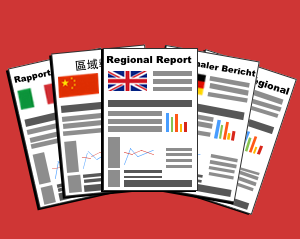When investment firms register and promote funds in overseas markets, it is likely that fund factsheets will be required to assist in the promotion of the funds in those markets and regions.

Here’s a few tips on how to create regional factsheets:
- Factsheets produced for a “region” are not the same as factsheets produced for a “language”. Where there is a one for one relationship they may be the same thing, e.g. France/French, Germany/German. But where a region can have multiple languages it is important to make this distinction, e.g. Switzerland may require factsheets in multiple languages to suit the investors, such as Swiss/German, Swiss/English, Swiss/French or Swiss/Italian.
- Translated text, of course a key element of a regional factsheet is the language. This should be translated to a standard that ensures the correct use of the financial terms, local dialect and also comply with the local regulatory regime.
- Regional date formats are a prerequisite for regional factsheets, for instance UK/English factsheets would use a date format of 31st December whereas an American/English date format would be December 31st.
- Similarly, with number formatting, the UK/English would use a comma to separate thousands and a decimal point/point to separate the fractions. The Italians for instance use the comma to separate the fractions.
- Compliance and regulatory statements have to be “local” and appropriate to the region, NOT a direct translation of the UK statements. For instance, there will be different regulators that need to be noted, at the very least.
- Contact details for more information, follow up etc.; addresses, websites and telephone numbers – these should all be local to the region, and vary on all the various regional factsheet versions.
- Local market specifics: any additional notes and features required for the local market, or perhaps elements that cannot be displayed in that local market. These variations ensure further tailoring of the factsheet to the regional area.
- Finally, there must be consistency between regional factsheets. Significant differences in the description, features, pricing etc. of the product should not exist between the various regions.
Having an automated and flexible process to accommodate the complexities and variation of the regional factsheets is key, whilst still producing the factsheets at the shareclass level. Automated distribution allows for the immediate publication of the completed factsheets across all the third-party distribution platforms, websites and to all users of the information.
To find out more about Reporting as a Service and how it benefits Wealth and Asset Management firms please visit our website at www.opus-nebula.com and email [email protected] to arrange a meeting and see a live demonstration of the system.

